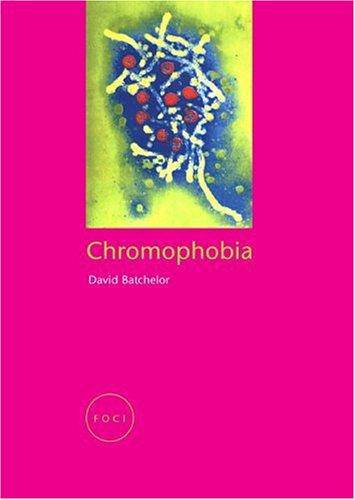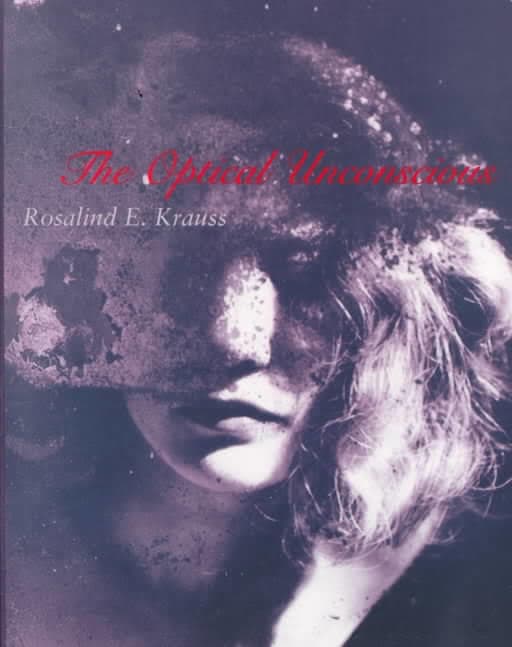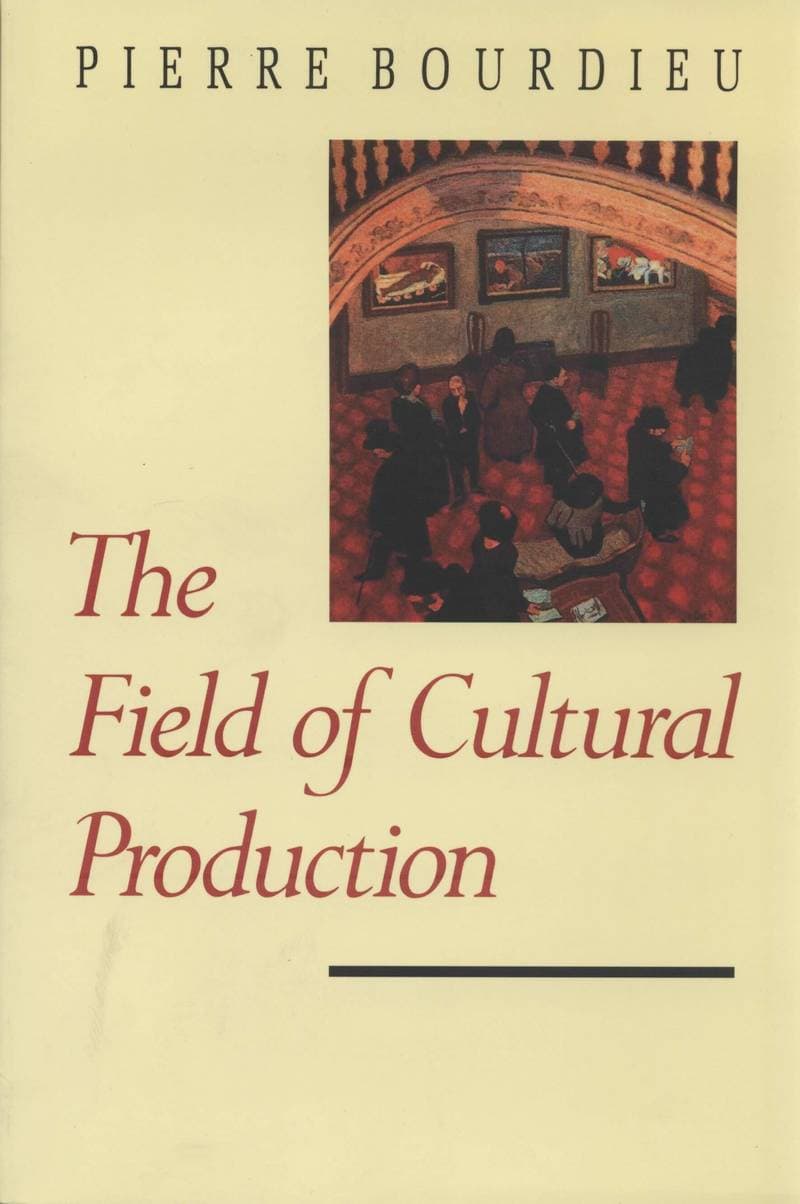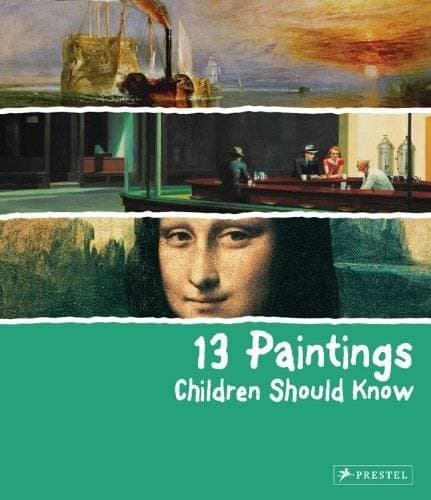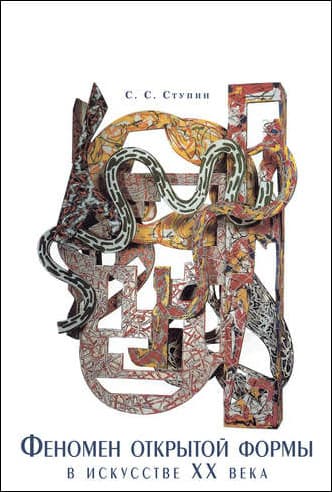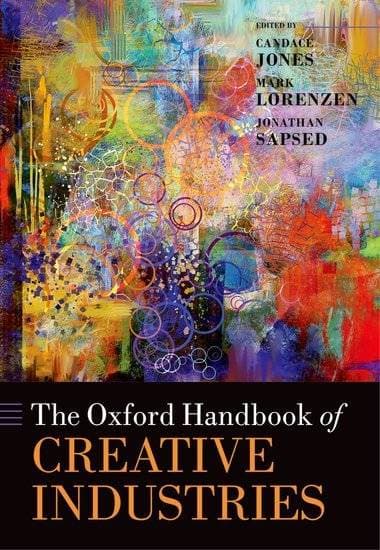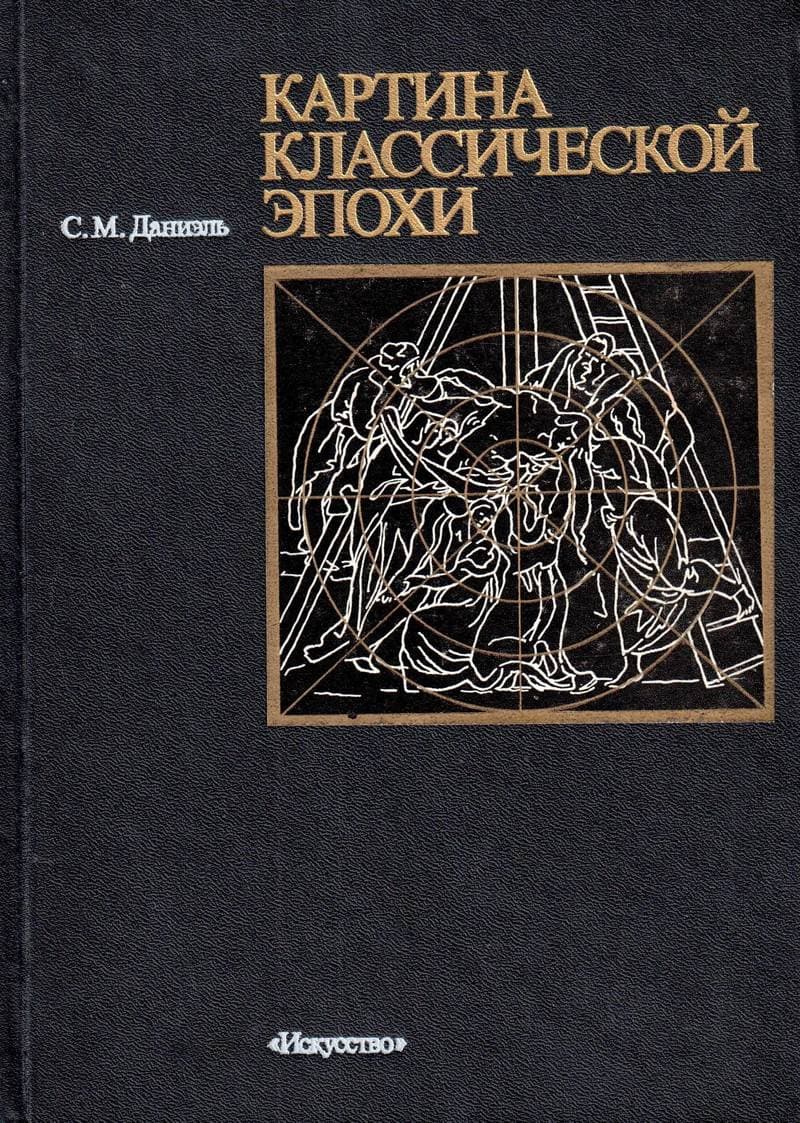Chromophobia
The central argument of Chromophobia is that a chromophobic impulse — a fear of corruption or contamination through color — lurks within much Western cultural and intellectual thought. This is apparent in the many and varied attempts to purge color, either by making it the property of some “foreign body” — the oriental, the feminine, the infantile, the vulgar, or the pathological — or by relegating it to the realm of the superficial, the supplementary, the inessential, or the cosmetic. Chromophobia has been a cultural phenomenon since ancient Greek times; this book is concerned with forms of resistance to it. Writers have tended to look no further than the end of the nineteenth century. David Batchelor seeks to go beyond the limits of earlier studies, analyzing the motivations behind chromophobia and considering the work of writers and artists who have been prepared to look at color as a positive value.
Details
London
2014
126 pages
9781861890740
Available on request
Yes
Yes
701.2 Bat
1
- Spiritual Art and Art Education2014
- The Optical Unconscious1998
- Краткая история «нового» в российском дискурсе об искусстве2022
- Чтение белой стены2011
- Bachelors2000
- The Field of Cultural Production. Essays on Art and Literature1993
- The Future of the Image2019
- 13 Paintings Children Should Know2014
- Феномен открытой формы в искусстве ХХ века2012
- Избранные искусствоведческие труды2000
- The Oxford Handbook of Creative Industries2015
- Картина классической эпохи. Проблема композиции в западноевропейской живописи XVII века1986
